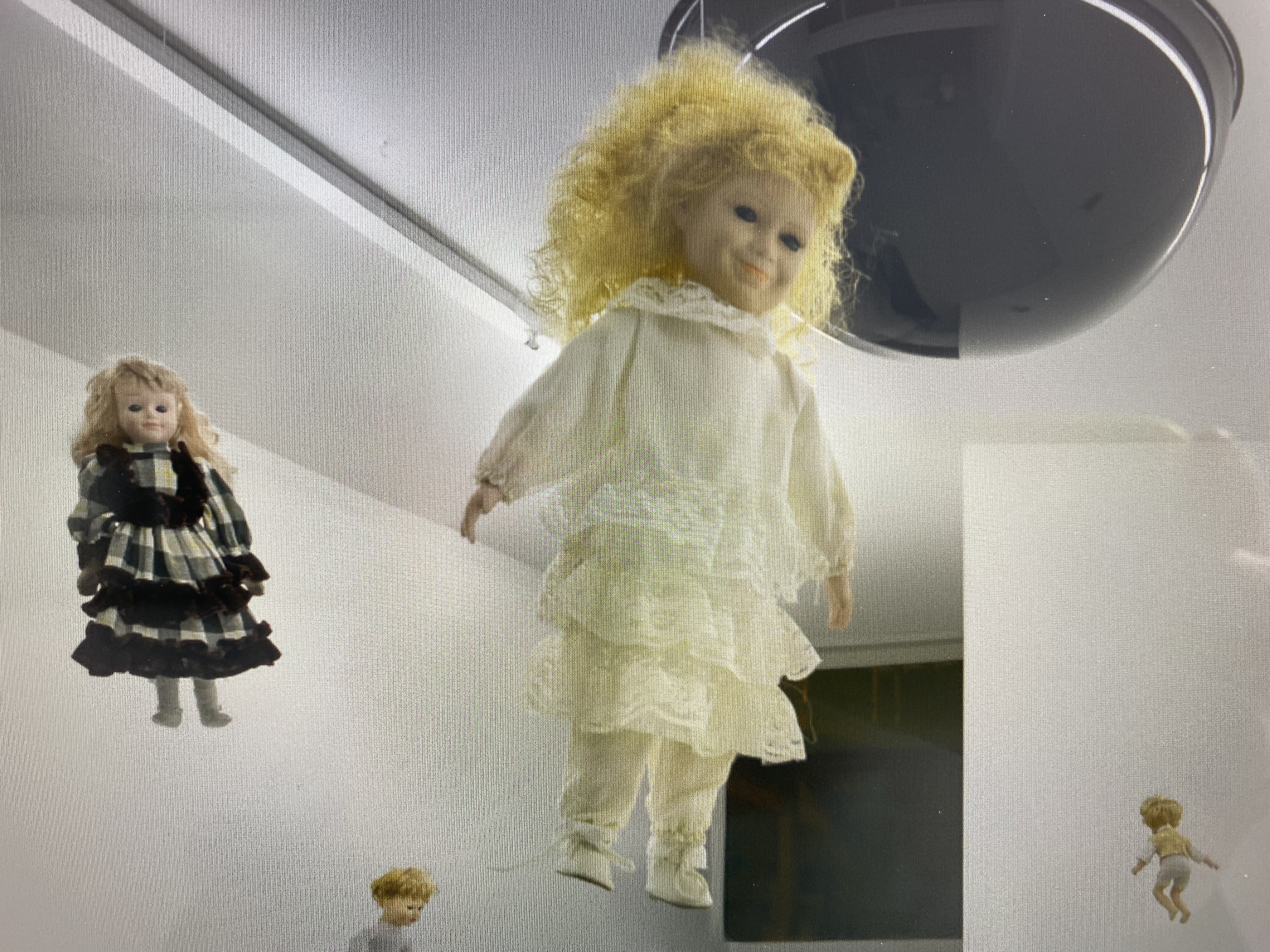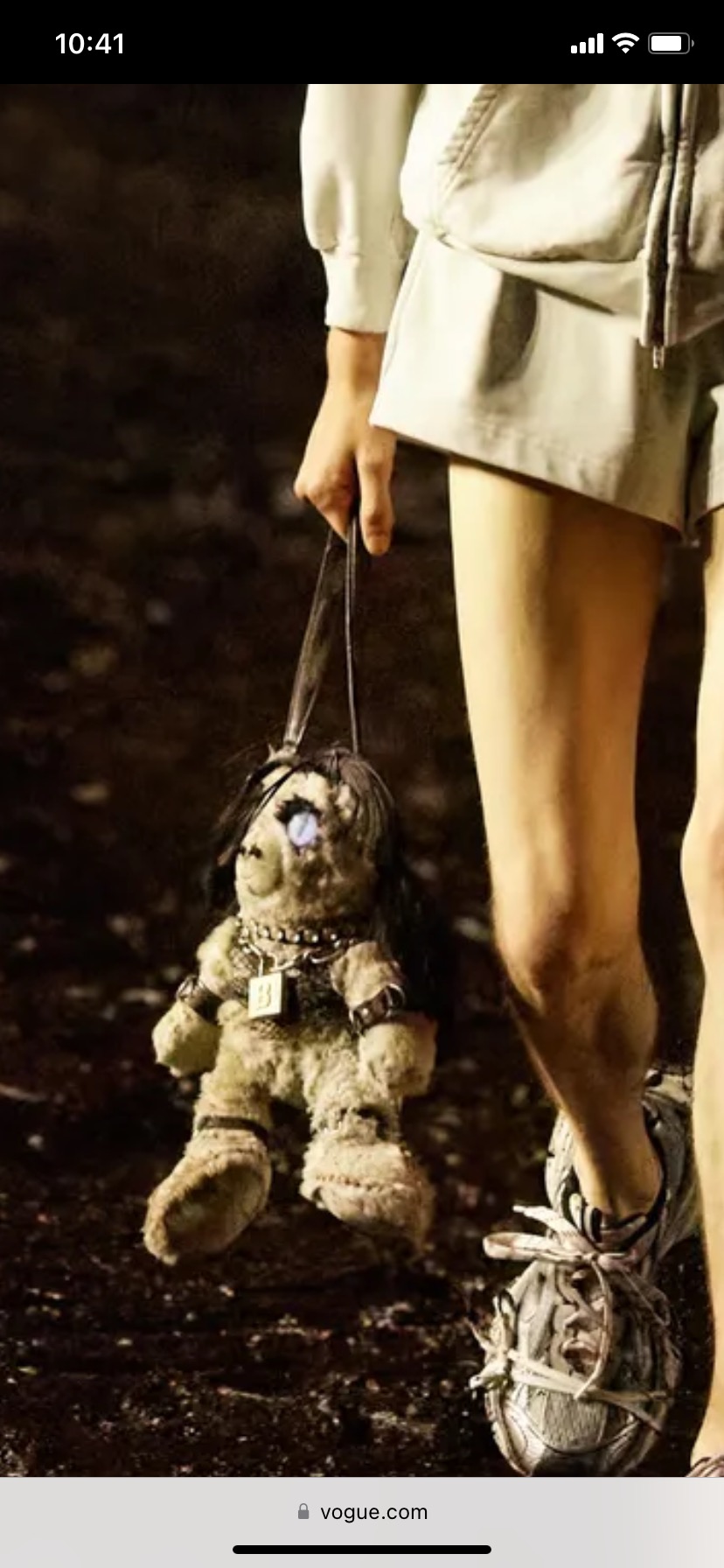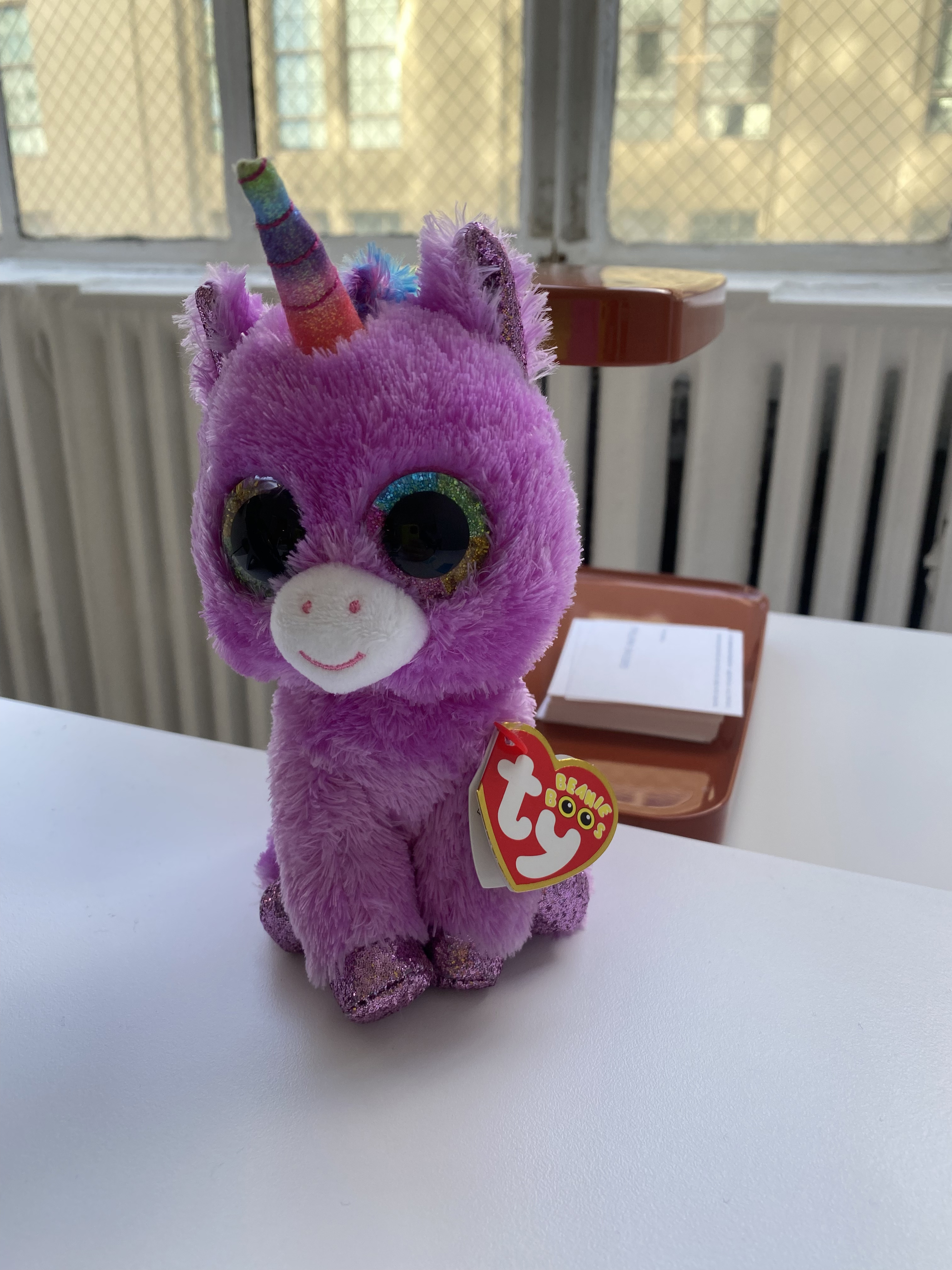Toys "R" Us : A Roundtable on Baby Art

D: Looking at our list, there are so many people that do this baby-art thing.
B: I was looking through the exhibitions that we put together. I feel like a couple of different things going on in baby art.
D: Exactly, well, there are definitely things that look like they were made by babies, and then there’s stuff that is for babies or with baby stuff.
A: What do you think that looks like made by babies?
D: Sable Elyse Smith, the big courtroom drawings. They are like a coloring book, colorful with scribbles on them.
C: Yeah, they are from a coloring book/sheets printed at prison for members of prisoners who wait to see their family. So they have this mildly reactionary educational aspect, with sentences written onto the sheets like: “All kinds of people can be judges in my neighborhood, as long as they’re just and friendly.” And then you have an Asian, an African American, and a white person, and that’s the page of the coloring book.
B: So basically by doing them, the idea is that the artist becomes a child, I guess? Because Smith’s work stands in for something where you’re supposed to think all cute or beautiful or funny. And then you learn to pathologize that reaction. Like her piece in the Whitney Biennial.
C: A politicized moralism. So it’s about a type of violence, and in this case, even done to a child, which is assumed to be the child of a prisoner. They are indoctrinating everyone, including the children.
I don’t know how valuable it is to zoom out already pretty far but I wonder if it makes sense to separate painting from sculpture. What we deal with here is the repoliticized readymade, or found-object sculpture, which gets loaded with violence. And if we take all of this and then we end up with baby sculptures, then we should probably focus on wondering: Why is the infantile pushing back against the repoliticized readymade? Of course, we can wonder if this is a pushback of figuration, where suddenly either the child or the artist as the child engages in a type of humility. So yeah, I think we should focus on the difference between baby art and the more serene found-object sculptures in the tradition of, let’s say, Cameron Rowland or any other post-minimal sculptor.
B: Let’s take something like Danny McDonald or Marc Kokopeli or Elizabeth Englander. Cuteness here looks very different from Smith. It’s kind of like an aesthetic of powerlessness. What I get to feel seeing the cute objects is that I feel either protective or sadist. They’re so weak; you just have to protect them.
D: That reminds me of when people are in a relationship and they start talking in baby talk to each other. It’s usually during a period where they’re having a hard time in their relationship. Maybe one of them is feeling more vulnerable and when you say certain things in an adult voice it can be threatening. So, the baby talk is about dealing with that tension: “I’m doing something, but please be nice to me while I’m doing this thing.” Maybe there’s some sort of relationship between the artists and the person seeing the show. Like that Spencer Lai show at Theta. He showed these brightly colored big flat eggs on the wall with different square textures on them that reference Montessori educational tools, constructivism, and were rehabilitating Fontana. He also had a bunch of Ikea baby tables on the floor with some uniform plastic high design like dolls with different playful wigs on them. He’s making some daring statements there but keeping it cute, colorful and soft.

The counterpoint to this direction, something closer to Jasper Spicero and Mike Kelly, is a cuteness that turns into something uncanny.
C: Well, because all the video material Spicero provides feature basically cultish scenarios, or like cultish schools or prisons. Also, we are all roughly in our 30s or approaching our 40s. We are now surrounded by babies and toddlers, so it’s creeping into our reality of life. I mean, if you look at Ghislaine Leung’s work, who suddenly for the first time in her career confesses to a concrete personal agenda. She always made toy art — like she would buy plastic castles — and then the score would be wherever you are when you show this piece, you have to buy a plastic castle. But never was there a script of what that castle meant, and now she has a child, and now suddenly the castle gets the addition of a politicized meaning through her private life.
B: Cuteness is not about realism. There’s something playful about it that doesn’t want verisimilitude. It doesn’t want precision. It wants to be playful in order to be protected.
C: That’s the conflict of Leung: Her moral argument — or political argument, as she would claim — is derived from the humility of the mother. We have good reason to protect her and the child because they are weaker in society. So she needs protection in order to have time for her daughter, so she doesn’t have to give her daughter to a nanny or kindergarten. But then she has the objects that are actually expressions of her formal desire, which are very industrial. This is an inherent conflict that I think bears witness to the problems she’s facing because she wants to make these objects but then she tells us that she can’t make them but then also makes them.
A: That’s why I added Tony Conrad: He made a show exactly about that but from this other perspective, being an older man, being incontinent. And there’s this baby gate and basically the idea, OK, you become again like a baby. You know, you wear diapers.
B: A lot of baby art, I think, is so much about doing something with the psyche. Whatever that might be.
D: I think people are just really interested in the construction of subjectivity, so they always return to these psychoanalytic metaphors. I guess for artists they translate easily into visual work, especially with sculpture because you can break stuff.
C: I can think of three trajectories here that all represent this moving away from the found object, standing in for a change in political thought or an engagement with a political topic in art. The first is maybe about a more oral pleasure of craft making, which is the production of something that cannot be sanctioned immediately, for being flippant or non-important or abstract. So there needs to be a level of figuration in it, because you’re not just gonna make Robert Morris felt pieces. The world is not yet ready for back to having fun with art.
Kindchenschema (cuteness). So if you look at the kitten, you are prone to safeguard it rather than step in and kill it. So with this playful toy thing, I get to do something that otherwise I wouldn’t be able to do in art at the moment.
D: Do any of you also think it’s maybe a move of these artists to show that they can work with baby materials but still make some artwork that is going to be valuable or is going to be considered or treated with seriousness in the art world? Do you think that’s some kind of power move? Just like cuteness is attractive, but then has a bite afterward?
B: There’s something very submissive about their sculptures. With Kokopeli, it might be a bit more ambiguous: It’s an army that could run you over, but they’re also so cute, and cute is always kind of submissive.
D: Well, I don’t get why you would think Elizabeth Englander’s are so submissive. They’re like angry nutcrackers.
A: They break. At every point when you touch them, they break apart. They are very fragile.
C: Somebody I think wrote about Maggie Lee as vibe art, which I always found very fitting. Like the vibe of a teenage room with cassette tapes playing. It reminds me of this Benjamin quote: “If the soul of the commodity which Marx occasionally mentions in jest existed, it would be the most empathetic ever encountered in the realm of souls, for it would have to see in everyone the buyer in whose hand and house it wants to nestle.” Like this idea that when you go to the supermarket and you see a stuffed bunny, we used to say to my mother we have to save it/buy it, “since cute things evoke a desire in us, not just to lovingly molest, but also to aggressively protect them.” The idea that the commodity begs to be loved. And taking it back to most of this art being gallery art.
B: Yeah, it makes so much sense with Elizabeth Englander. I feel like they want to be loved so much. These chair-sculptures with these kind of really cute penises, right?
A: True love.
D: Is this all about a marketing strategy, then? Especially because a lot of people really like small things, miniatures. You want to take it home and care for it.
C: So does that mean that they are inherently less intellectual or just more artisanal? Like Kokopeli is kind of trash artisanal and Englander is a bit more serious. She definitely needs a lot of time to do these, like there’s a certain accomplishment. All of which seems to separate them quite distinctly from the cool surface of the readymade.
B: Right, I think they want you to get attached to them. And in that attachment you learn something about yourself. Like in Smith, you’re going to pathologize your attachment. In the case of Mark you kind of wonder what this attachment says about your psychic drives. In the case of Englander, I don’t know what exactly is supposed to happen. But in each case, it’s not about the distance of the conceptualist-readymade kind of work; it’s really about drawing you in, and within, something is supposed to happen.
C: Well, it was also like the minute I came to Kokopeli’s show, I found myself with friends discussing which was our favorite and which one represented us best. And that’s also a funny thing, which I think again leads us back to commodity and commodification, kind of like the American Apparel effect,where you get to choose your hue of pink. This is what happens when you customize your own salad.
B: Yes, the customization is very good. You have the chair with Englander and the vehicle with Kokopeli. It’s like one thing and then you customize it. Which is different from Leung’s practice because it’s not artisanal.
C: We have talked about this recourse to psychoanalysis as a sort of way to harvest one’s own identity, and could it be that it is a way to speak about identity without having to address that one’s own identity is at the moment not the one that should be addressed? Become a child and suddenly as a white person you can talk about yourself. And I don’t want to say that this is white boys’ art, that would be very reductive, but there is something in the air that makes people produce this.
D: Yeah, I think that’s at the heart of that vulnerability thing: “Don’t attack me, I’m just doing this sweet innocent thing here.” It’s funny that it’s happening after the intensity of identity politics.
B: I think what’s so striking is that Kokopeli’s show is explicitly not about his identity. Like he is a man and all these materials he uses are associated with female reproductive labor. I think that’s really one reason people were into it because it’s so obviously him doing things outside of his domain, and there is something liberating about that. Suddenly people can breathe again. There is definitely something about baby art coming at the end of these harsh identity wars, when suddenly people dare to appropriate things, even if the cuteness still makes these gestures quite reticent or tentative.
A: I’m still not sure whether the female artists we have been talking about here are employing cuteness in a similar way. Like Kokopeli and Spicero, or Mike Kelly and Nic Ceccaldi, or even Danny McDonald are using cuteness quite differently from Gina Fischli and Elizabeth Englander?
B: Would you say there’s a difference between this art and Murakami and Koons?
C: I was thinking of Murakami. He is the grand master of this infantilized object which is usually considered kitsch. Like in our more critical-identifying field, I don’t know a single person that would like Murakami.

B: But there’s masculinity waiting at the end of the line with those artists. I don’t think it is masculinity that awaits us at the end of baby art. Also, I find them almost too crafty to be about kitsch.
C: Do the Koons toys qualify as baby art?
B: The chrome sculptures, for instance, I think they’re too big. It is something about scale in baby art.
C: Actually, if you’re asking me what these artworks are kind of vibe wise, I would say Charlie Brown in Peanuts. It’s an asexual thing. It’s not phallic. Like Linus with his blanket: I don’t think of him having sex.

D: But do any of you think it has anything to do with the post-COVID stuff, the whole nanny-state situation, when we all had to be cared for?
B: If you want to bring back the post-COVID situation, then you also have to talk about family values (with all these people being stuck at home, often even moving back in with their parents). Suddenly the family unit becoming so important again: Get married! Get divorced! In that way, it’s also really not about healing or the care discourse. There’s really no healing happening in these shows.
C: Because a child cannot heal, a child orally demands indefinitely from the mother.